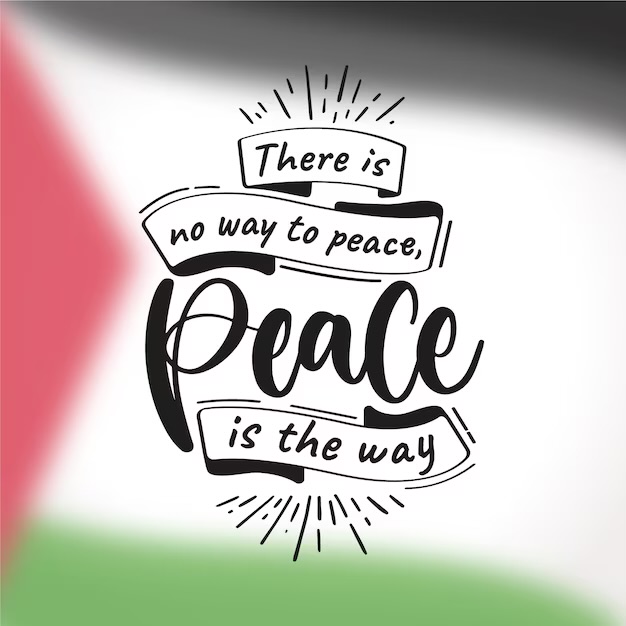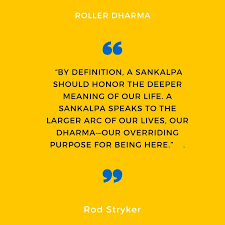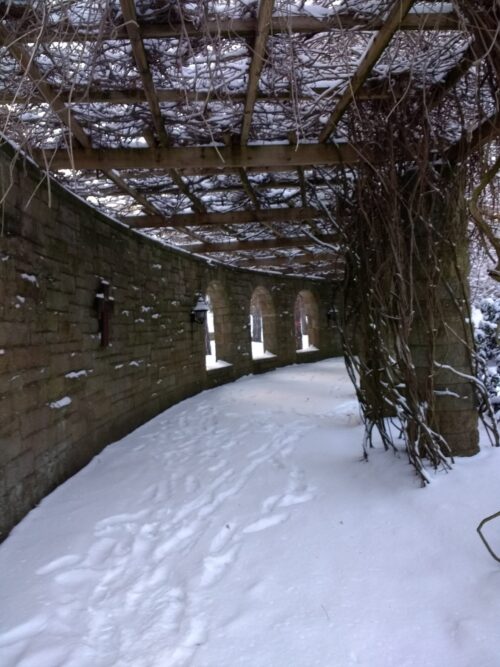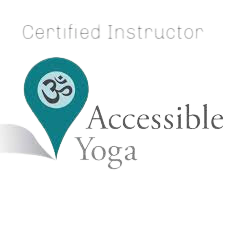Yoga & The Third Way
How do we show up when everything in the world is fragmented and burning?
Why do we continue to respond to harm with inflicting greater harm, fully knowing violence cannot repair harm?
Violence can never build trust and relationships.
Yet, all around us, we see in our leadership, a lack of moral imagination, an inclination towards problem solving through power hungry manipulations, back room deals and military interventions.
Honestly, I see this in myself and in some of my relationships where I have been harmed. It feels easier to retaliate and find justification for retaliation and further fragmentation than doing the hard, long, slow work of reconciliation and healing. There are likely times when force prevents further harm and self defense is necessary, AND have we as a culture ever invested in peace building strategies? in practicing reconciliation? in repairing harm?
I look to the wisdom of the late Zen Buddhist Vietnamese Teacher Thich Nhat Han for guidance with my own struggles with reactivity.
During the Vietnamese War, where sides were entrenched, he refused to take a side, calling on The Third Way as the way of peace, refusing to dehumanize anyone.
Some of his teachings sound simple.
“We are here to awaken from our illusion of separateness.”
“When you love someone, the best thing you can offer is your presence.”
“Our own life is the instrument with which we experiment with the truth.”
The Third Way, in my limited experience is not a solution, but a path made up of a series of choices. Life giving choices that affirm the humanity in other Beings, that centers the aliveness of our planet and aligns in solidarity with the vulnerable amongst us.
Thich Nhat Han called this Engaged Mindfulness.
In this understanding, Mindfulness embodies social and emotional intelligence and connectedness.
My teacher Indu Arora says, “Asana is not the goal of Yoga. Yoga is the goal of Yoga.”
Connection. Presence. Embodied Truth.
Franciscan priest Richard Rohr says this about the Third Way.
“The transformative dance between attachment and detachment is sometimes called the Third Way. It is the middle way between fight and flight. Some prefer to take on the world: to fight it, to change it, fix it, and rearrange it. Others deny there is a problem at all; it suits their needs as it is. “Everything is beautiful,” they say and look the other way. Both instincts avoid holding the tension, the pain, and the essentially tragic nature of human existence.
The contemplative stance is the Third Way. We stand in the middle, neither taking the world on from another power position nor denying it for fear of the pain it will bring. We hold the dark side of reality and the pain of the world until it transforms us, knowing that we are both complicit in the evil and can participate in wholeness and holiness. Once we can stand in that third spacious way, neither directly fighting nor denying and fleeing, we are in the place of grace out of which genuine newness can come. This is where creativity and new forms of life and healing emerge.”
I call this capacity building. Our practice is the path of building capacity in ourselves and our collective somas for both oceans of grief and oceans of grace.
Resist all the distractions that are binary.
Get underneath the noise.
Find teachers/peers/chosen family that can speak life into these times without bravado and bypass.
Yoga for these times. The time is now.




